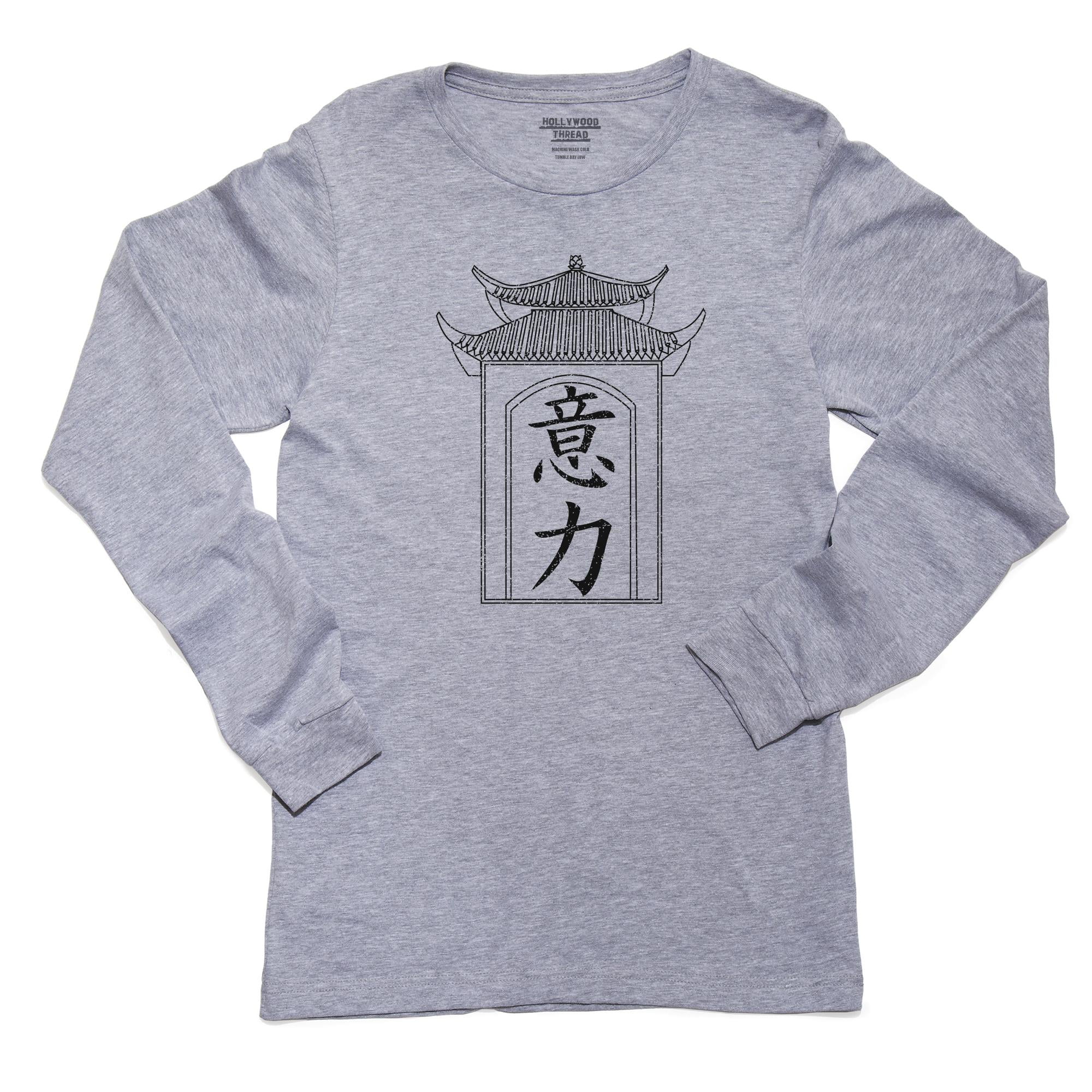

"Why the world is wrong to count Japan out". ^ Köhler, Nicholas Macdonald, Nancy Kirby, Jason (25 March 2011).Archived from the original on 18 September 2011. ^ "Art by Japanese-American Detainees During World War Two Shows Their Struggle and Humanity".^ "The Art of Gaman: Enduring the Seemingly Unbearable with Patience and Dignity".Archived from the original on 24 March 2011. "Japanese remain calm while dealing with quake aftermath". Japan may remember them for their gaman despite personal exposure to dangerous levels of radiation It is their word for the ability to persevere, endure, and overcome, with patience. One noble trait that the Japanese admire is gaman. "A nuclear meltdown in Japan? Not if these brave workers can help it". Experience with crises has shaped the Japanese ethos of "gaman" - "enduring the unendurable". ^ Swann, Christopher (20 January 2013)."it can't be helped", as well as the virtue " gaman" which defies easy translation. "Japanese resilience shines in light of tragedy". ^ "Archived from the original on 11 April 2013.Archived from the original on 3 March 2011.

^ "Arts and Crafts from the Japanese American Internment Camps, 1942-1946".If a person with gaman were to receive help from someone else, they would be compliant not asking for any additional help and voicing no concerns. Keeping private affairs, problems and complaints silent demonstrates strength and politeness as others have seemingly larger problems as well. Showing gaman is seen as a sign of maturity and strength.

It is often taught to youth and largely used by older Japanese generations. Gaman is also used in psychoanalytic studies and to describe the attitudes of the Japanese. The 50–70 heroes who remained at the damaged and radiation-emitting Fukushima Daiichi Nuclear Power Plant despite the severe danger demonstrated what was regarded as gaman as well. Those world-views were depicted in The Tale of the Heike, the works of Yoshida Kenkou, Kamo no Chomei.Īfter the 2011 Tōhoku earthquake and tsunami, the resilience, civility, lack of looting and ability of the Japanese to help each other was widely attributed to the gaman spirit. Of fatalism, which was reinforced by Buddhism mujo, impermanence, nihilism, tradition of self destruction ,the collective nature of its society, and the forced attitudes of resignation and submission under the Edo feudal period.

Mentality of Gaman seems to be derived from the strong conviction of Japanese way Gaman toward authority, 'unquestioning obedience' or 'blind obedience' is supposed to be unfit to a healthy democracy. Gaman and the related term yase-gaman are, in Japanese society, closely related to complying with conformity, and silent heroism, which seems to be hidden pride for compensation for sacrifice and be satisfied to pay reciprocal service in advance, or to be seen themselves as victims by folks. In the internment camps, gaman was misperceived by the non-Japanese as introverted behavior or as a lack of assertiveness or initiative rather than as a demonstration of strength in the face of difficulty or suffering. Gaman has been attributed to the Japanese-Americans and others held in United States' internment camps during World War II and to those affected by the 2011 Tōhoku earthquake and tsunami in northern Japan.


 0 kommentar(er)
0 kommentar(er)
